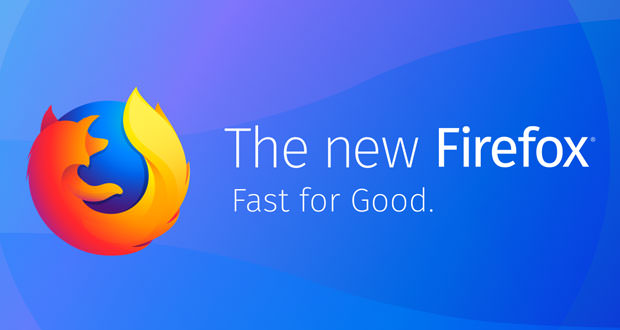Mozilla Firefox Quantum: Here’s what changes
The new Mozilla Firefox Quantum has finally been released and with it all the innovations included from the Photon interface to the rendering engine also passing through the CSS engine and support for the WebExtension API. Here’s everything that changes from the past.
It’s the biggest change in recent times for Mozilla and its Firefox. Let’s talk about the official release of the new Quantum ie version 57 of the web browser of the American giant announced a few months ago and, on time, was made available yesterday for everyone from Windows to Mac versions as well as Linux, Android and iOS.
An important change for Mozilla and for all its users that since 2004, continue to support the web browser of the ” fox ” hit by the growth of Chrome and its adversaries.
The change is clearly in the new features present but also in its appearance now minimal but also in all those tricks that have made it twice as fast as before in the rendering of the page, according to Mozilla. Hence the desire to identify this new version with a name, Quantum, and not with a number (Firefox 57) to make users understand the important news present.
Firefox Quantum first starts with changes in architecture and design. In this case, the new web browser changes the graphical user interface that takes the name of Photon and is made to take advantage of the most advanced hardware such as high-resolution monitors but also notebook with touch panel.
The new interface sees a redesign in appearance with the tabs from the corners no longer chamfered but also the menus change place and are optimized to make themselves more readable by users. Present a default tool to make screenshots and clearly elements that change depending on the type of device used trying to make it homogeneous.
On a performance level, the improvements will be evident, according to the company, thanks to the new rendering engine based on Servo and the new CSS engine Stylo. Both will allow work to be able to optimize the processor cores on the PC or on the smartphone in order to reduce consumption while increasing performance.
In this sense, Mozilla, has decided to create its Firefox Quantum giving greater priority to the cards in the foreground thus managing to ” freeze ” the others by exhuming them at the time of request.
https://youtu.be/xgspJ0ldgM8
From the data of Mozilla, the new Firefox version 57, should reach a double speed compared to what is achieved with version 52 with a consumption of 30% less for RAM compared to what happens daily with Chrome.
Finally, support for the WebExtension API is not to be underestimated, they will not allow to use more legacy add-ons even if with Firefox Extended Support Release it will be possible to overcome this change. The presence in Firefox of old add-ons would not have allowed to take advantage of the introduction of the new multi-threaded architecture that allows the simultaneous maintenance of many open cards with a very small occupation in terms of RAM and CPU load.

